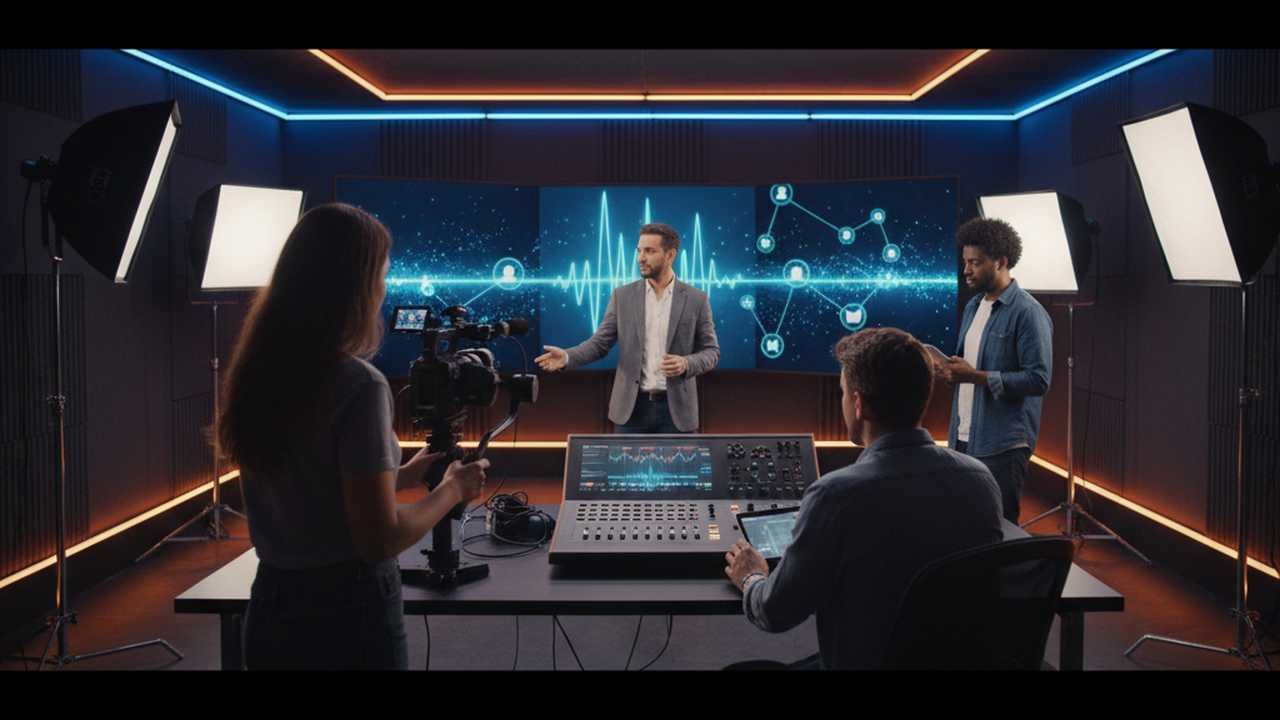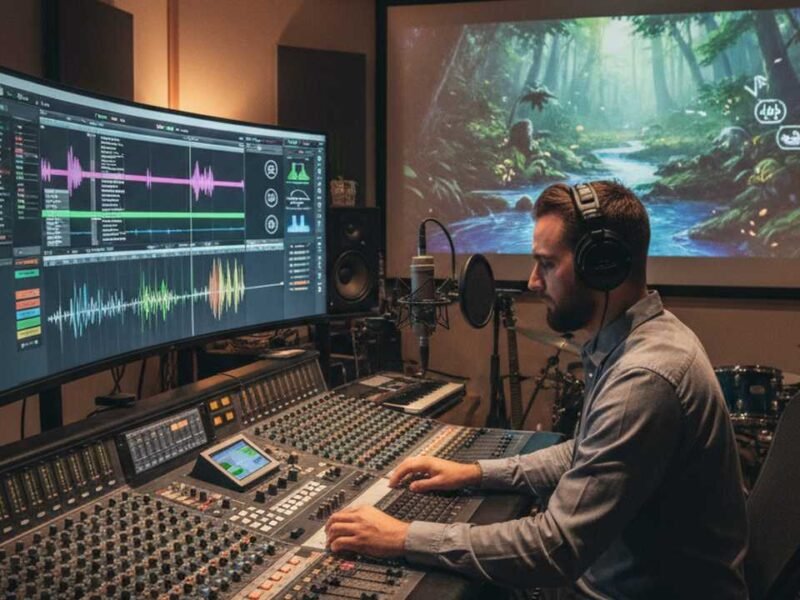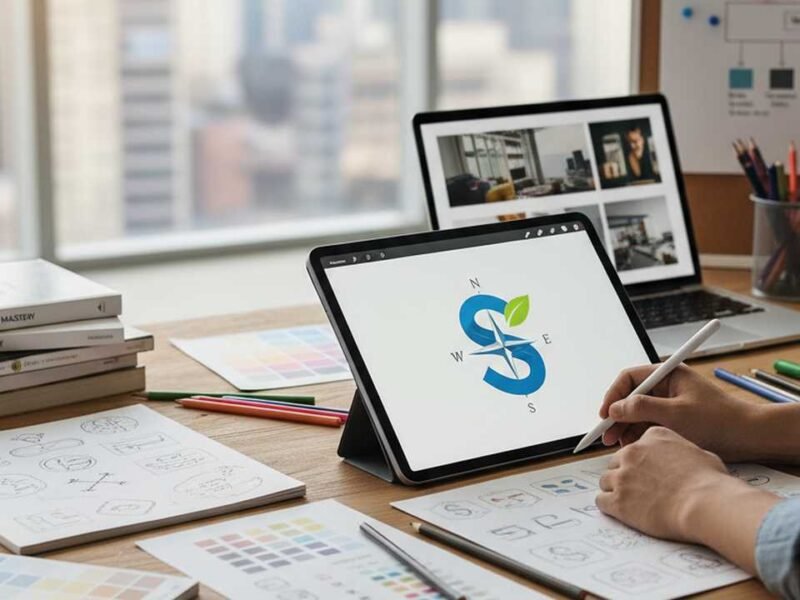Understanding the Urgency of Mastering Video Production
In today’s fast-paced digital landscape, the ability to create captivating video content is not just a skill – it’s a necessity. Platforms evolve at lightning speed, audience attention spans shrink by the second, and competition grows exponentially. For anyone pursuing creative opportunities, especially in fields like art and education, the pressure to master video production is monumental. Imagine logging into your favorite social platform only to find your content buried under thousands of others. The fear of missing out – FOMO – becomes tangible when you realize that every day you delay improving your video skills, countless others are seizing the opportunities you could have claimed. By embracing these strategies now, you position yourself ahead of the curve, transforming potential anxiety into actionable, skill-driven confidence. For those exploring art educator jobs, mastering video production is no longer optional; it is a decisive factor in standing out in portfolios, applications, and digital showcases. Your future audience, whether students, collaborators, or hiring managers, expects content that resonates instantly, visually and emotionally, demanding that you elevate your production standards without hesitation.
Identifying Core Video Production Tools and Technologies
Before diving into the creation process, you must understand the instruments of the trade. High-quality cameras, lighting setups, microphones, and editing software constitute the foundation of professional-grade video production. Imagine capturing the texture of a painted canvas, the subtle play of light on an art installation, or the dynamic movement of an educator demonstrating a technique. Without the right equipment, these intricate details are lost, and the content feels flat and uninspiring. Professionals who thrive in art educator jobs leverage not only hardware but also software ecosystems that enable seamless editing, color grading, and sound design. From industry-standard platforms like Adobe Premiere Pro and Final Cut Pro to emerging AI-assisted editing tools, mastering these technologies ensures your content is polished, dynamic, and tailored for multiple platforms. By investing time into understanding these tools now, you sidestep the regret of watching competitors effortlessly produce engaging content that captures audiences’ attention while your efforts struggle to make a visual impact.
Developing a Strategic Content Plan
Video production without a clear strategy is like sailing without a compass – directionless and prone to failure. To truly captivate audiences, your content must serve a purpose, whether educating, entertaining, or inspiring. Start by defining your target audience, the platforms you want to dominate, and the types of content that resonate with them. For aspiring professionals exploring art educator jobs, this could include tutorials, behind-the-scenes process videos, or interactive sessions that showcase your expertise. A robust content strategy also involves planning for frequency, format, and cross-platform adaptation. Imagine creating a visually stunning tutorial on painting techniques that not only captivates Instagram viewers in a 60-second clip but also adapts seamlessly to YouTube’s longer format. By structuring your content thoughtfully, you ensure every frame serves a purpose, every story element enhances engagement, and every publication moment creates anticipation. The urgency is palpable – delaying a strategic approach risks producing content that fails to resonate, leaving opportunities to competitors who have meticulously planned their digital presence.
Mastering Visual Storytelling Techniques
At the heart of compelling video content lies storytelling. A sequence of shots without narrative depth leaves audiences scrolling past, disengaged and uninvested. Learning to craft stories visually transforms your videos from mere recordings into immersive experiences. For art educators, this could mean demonstrating brush strokes in a way that conveys emotion, guiding viewers through a gallery while revealing historical context, or presenting concepts interactively that prompt audience reflection. Techniques such as framing, lighting, motion, and pacing are crucial; they create rhythm, draw attention, and evoke feelings. Think about a video where shadows and highlights reveal texture and depth, or where a timelapse shows the evolution of a project from conception to completion. For those eyeing art educator jobs, strong visual storytelling ensures that your portfolio and digital content become memorable showcases of skill and creativity, compelling viewers to follow, engage, and ultimately reach out for collaboration or employment. Every day spent without refining these skills is an opportunity slipping away, underscoring the urgency to act immediately.
Optimizing for Multi-Platform Engagement
Creating video content is only half the battle; ensuring it reaches and resonates across multiple platforms requires strategic optimization. Each platform – Instagram, YouTube, TikTok, LinkedIn – has unique formatting, audience behaviors, and engagement metrics. Adapting your content effectively means resizing, reformatting, and even rethinking the narrative to suit these environments. For instance, vertical storytelling thrives on Instagram Reels, while detailed tutorials gain traction on YouTube’s extended format. Aspiring professionals in art educator jobs must understand that failing to optimize content reduces reach, engagement, and the potential for professional opportunities. Tools for scheduling, analytics, and cross-platform management become indispensable, enabling you to monitor performance, adjust strategies, and respond to trends in real-time. Picture creating a visually striking video lesson on sculpture techniques that captivates Instagram users in 30 seconds, then expands into a full-length YouTube tutorial that demonstrates your expertise comprehensively. By mastering these multi-platform strategies, you ensure your content not only exists but thrives, generating visibility, credibility, and measurable impact without delay.
Implementing Professional Editing and Post-Production Skills
Editing transforms raw footage into a compelling story, turning simple recordings into polished productions that capture attention and sustain engagement. The post-production process encompasses color correction, sound design, motion graphics, transitions, and narrative pacing. For art educators, this means highlighting the finest details of artwork, synchronizing audio cues for tutorials, and ensuring each visual element aligns with the learning objective. Consider a time-lapse that reveals the intricacy of a painting process or an animated overlay explaining complex artistic concepts – these details elevate your content beyond ordinary video. Those targeting art educator jobs understand that technical precision in editing communicates professionalism, reliability, and dedication. Learning advanced editing techniques now prevents the regret of producing videos that fail to impress hiring managers, peers, or students. With tools like DaVinci Resolve, Adobe After Effects, and AI-assisted editing platforms, you can craft visually stunning, emotionally engaging, and technically flawless content that positions you as a frontrunner in your field.
Leveraging Real-World Feedback and Analytics
Creating content without measuring its impact is like painting in a dark room – you may never know how effective it truly is. Real-world feedback, analytics, and audience insights are essential for refining your approach. Platforms provide detailed metrics on watch time, engagement, and viewer demographics, allowing you to tailor your content with precision. For those pursuing art educator jobs, this means understanding which tutorials resonate most, which storytelling approaches drive engagement, and which visual techniques retain audience attention. Soliciting feedback from peers, mentors, and students further sharpens your skills, offering qualitative insights that analytics alone cannot provide. Imagine adjusting your lighting, pacing, or narrative style based on this feedback, transforming good videos into exceptional ones that consistently drive engagement. Acting on these insights promptly creates a competitive advantage, while delay leaves your content vulnerable to being overshadowed by more responsive creators who continuously iterate and improve.
Monetization and Professional Opportunities in Video Production
Mastering video production opens doors to tangible professional opportunities and revenue streams. From sponsored content and online courses to consultancy roles and portfolio enhancement, the possibilities are vast. For those interested in art educator jobs, high-quality video content can serve as a compelling digital portfolio, demonstrating skills, teaching methods, and artistic vision. Verified platforms offer secure licensing, responsive customer service, and reliable payouts, ensuring that your creative efforts translate into both visibility and financial gain. Imagine creating a series of instructional videos that attract a steady audience, generating invitations to workshops, collaborative projects, and even employment offers. The urgency to engage in monetization strategies cannot be overstated – every day without actively leveraging your video content is a missed opportunity for income, recognition, and career advancement. By strategically positioning yourself now, you can convert your video production expertise into a sustainable, professional asset.
Continuous Learning and Staying Ahead of Trends
The digital content landscape is dynamic, with trends, algorithms, and audience preferences evolving constantly. To remain competitive, continuous learning is non-negotiable. Engage with industry publications, attend workshops, participate in webinars, and observe peer success stories to stay informed. For aspiring candidates in art educator jobs, staying ahead of trends means understanding emerging techniques, software updates, and platform shifts that affect content consumption. Envision incorporating augmented reality, interactive features, or innovative storytelling methods into your videos – techniques that set you apart from the majority of creators. Failing to evolve risks obsolescence, as audiences and employers alike gravitate toward creators who demonstrate adaptability, innovation, and a proactive learning mindset. Prioritizing ongoing education now ensures that your video production skills remain relevant, effective, and in demand across platforms for years to come.
Taking Immediate Action: Your Path to Mastery
The moment to act is now. Every hour spent hesitating is an opportunity for competitors to outpace you, every day of delay risks your portfolio falling behind industry standards, and every week without strategic video production is a week lost in building your professional reputation. For anyone exploring art educator jobs, immediate action involves selecting your tools, defining your content strategy, practicing storytelling, mastering editing, optimizing for platforms, analyzing feedback, monetizing effectively, and committing to continuous learning. Imagine the satisfaction of publishing your first professional-quality video that captivates audiences, boosts engagement, and strengthens your portfolio in ways that traditional resumes cannot. This is not merely about acquiring a skill; it is about future-proofing your career, establishing authority, and seizing opportunities before they vanish. Don’t wait for the perfect moment – it doesn’t exist. Act decisively today, invest in your video production skills, and watch as your professional visibility and opportunities multiply exponentially.


